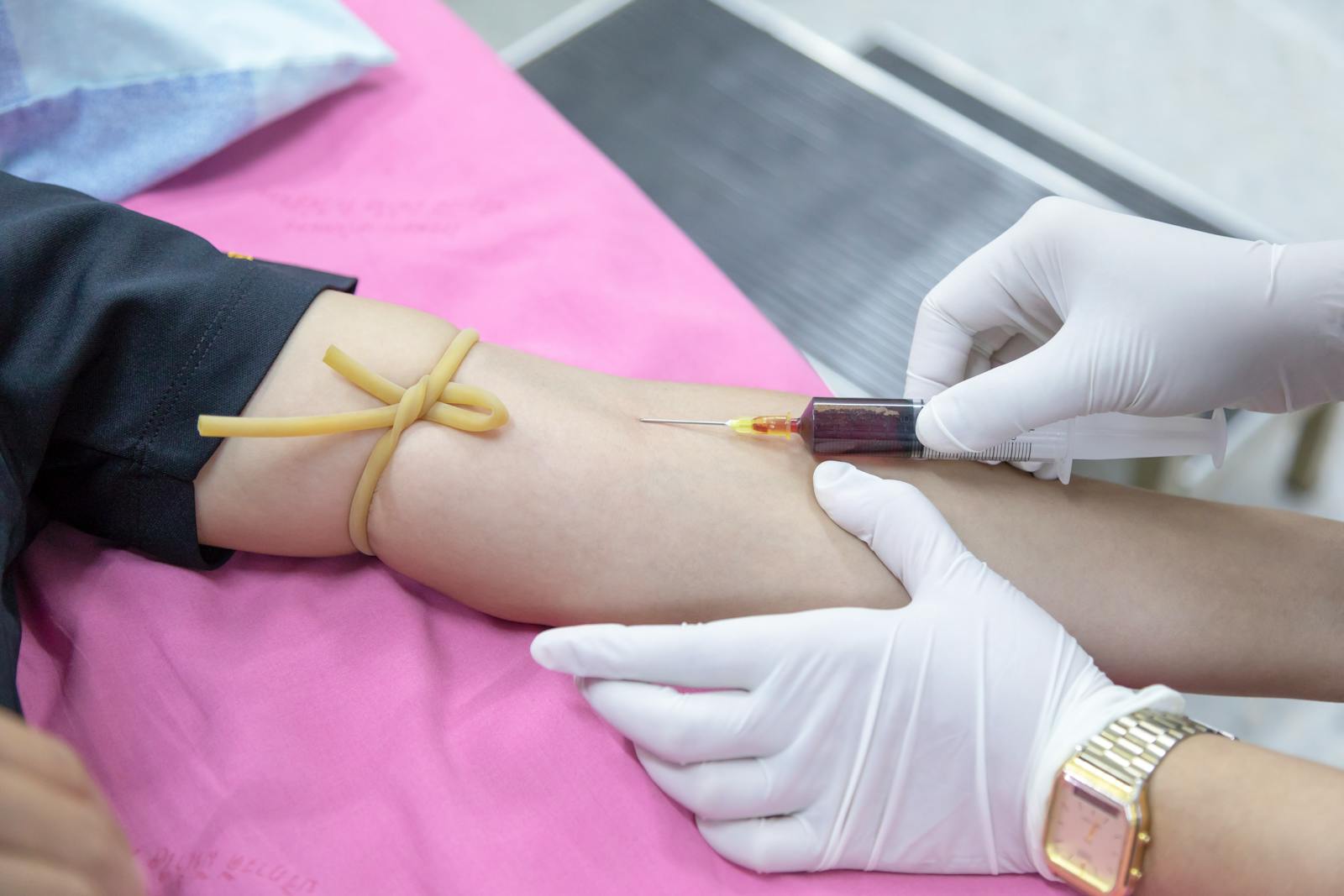Acupuncture is a complex and ancient healing practice rooted in traditional Chinese medicine (TCM), now recognized and researched globally for its potential benefits in both wellness and clinical contexts. The art and science of acupuncture involve a rich tapestry of history, theory, and ongoing scientific exploration.
Origins and Theoretical Foundations
Acupuncture originated over 2,500 years ago in China and remains a core element of TCM. It is based on the belief that health results from the harmonious flow of a vital force known as qi (pronounced “chi”) through specific channels called meridians. In TCM, disruptions or imbalances in qi lead to disease and discomfort. Practitioners identify patterns of disharmony—such as imbalances in yin and yang, qi, and organ function—by examining the tongue, monitoring pulse points, and evaluating symptoms.
How Acupuncture is Performed
The primary procedure involves inserting ultra-thin needles at carefully chosen points on the body—predominantly along meridians—to influence the flow of energy and restore balance. Points not on meridians are known as extraordinary or A-shi points. Needle placement, depth (ranging from 0.5 to 8 cm), and technique are tailored to individual conditions and patient responses. Stimulation may come from manual manipulation, heat (moxibustion), or even electrical currents (electroacupuncture), and sessions typically last between 5 and 20 minutes.
Western Medicine Perspective and Mechanisms
Modern scientific research continues to investigate acupuncture’s mechanisms. Some theories suggest acupuncture can modulate nervous system activity, influence the release of neurotransmitters and hormones, and provide local effects at the tissues where needles are inserted. Imaging studies have documented changes in brain activity during acupuncture, offering preliminary support for its physiological impact beyond the traditional qi paradigm. Additionally, a considerable portion of acupuncture’s effects may arise from nonspecific or placebo-related pathways—such as patient expectations and the therapeutic relationship.
Evidence and Effectiveness
Globally, acupuncture is practiced in over 100 countries and has become especially popular for pain management—from chronic back, neck, and joint pain to headaches and osteoarthritis. Clinical trials and meta-analyses indicate that acupuncture can significantly reduce pain and improve outcomes when integrated with conventional therapy, with effects beyond those of placebo or so-called ‘sham’ acupuncture. It is also considered cost-effective in many clinical scenarios and carries a low risk of serious side effects when administered by trained professionals.
So…
Acupuncture is more than just a historical curiosity—it’s a dynamic, evolving field that sits at the intersection of ancient philosophy and contemporary science. Its blend of individualized assessment, practical technique, and ongoing research into its mechanisms ensures acupuncture remains a fascinating and potentially valuable part of integrative healthcare.




